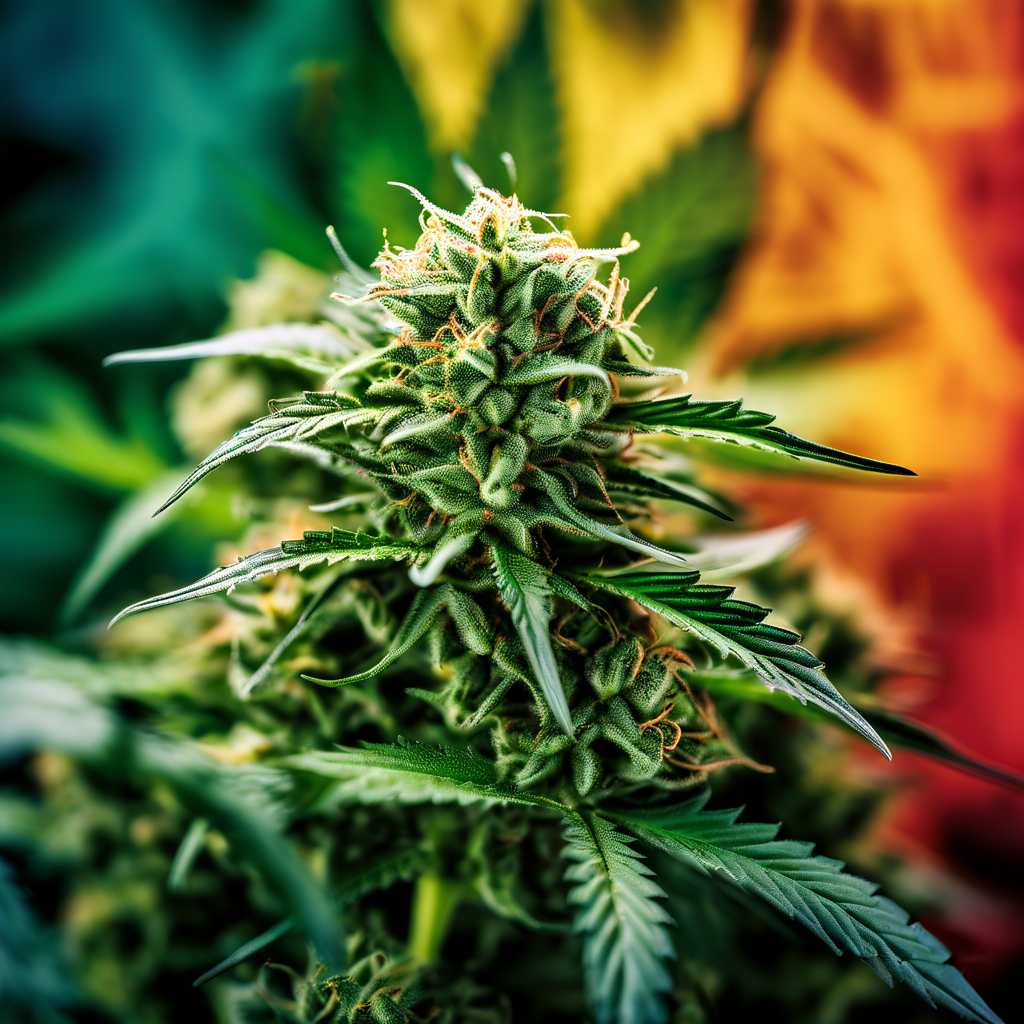How to Open a Dispensary in California
Opening a cannabis dispensary in California requires navigating a complex regulatory landscape and securing the necessary licenses and permits. Here is a summary of the key steps based on the search results: 1. Create a Solid Business Plan Develop a detailed business plan that includes an executive summary, ownership and management structure, product merchandising strategy, market research, budget, and financing plans. Ensure your business plan addresses state-mandated requirements like 24/7 video surveillance and cash vaults. 2. Find the Right Location Research zoning regulations and restrictions on dispensary locations, as many cities and counties in California prohibit them entirely. Consider factors like target customer base, rent costs, and accessibility when selecting a dispensary site. Obtain the necessary local permits and licenses for your chosen location. 3. Apply for a Dispensary License Register your business with the California Secretary of State. Complete the application process with the California Bureau of Cannabis Control, submitting required documentation such as ownership information, financial records, and security plans. Be prepared for a lengthy licensing timeline, which can range from several months to over a year. Factor in the significant licensing fees, which can range from $14,500 to $96,000 depending on your projected revenue. 4. Secure Financing Obtain funding from investors, loans, or state-based cannabis industry grant programs to cover the high costs of opening a dispensary in California. Be aware that the strong black market competition and high real estate prices in California make financing a critical consideration. [9] 5. Hire Experienced Staff Recruit knowledgeable cannabis industry professionals to manage your dispensary's operations, security, and compliance. [8] Consider consulting with industry experts like cannabis consultants, attorneys, and accountants to navigate the regulatory environment. The search results highlight the significant challenges and requirements involved in opening a dispensary in California. Careful planning, substantial funding, and a thorough understanding of the state's regulations are essential for success in this highly competitive market. Learn more here:https://cure8.tech/how-to-open-a-dispensary-in-california/https://www.begreenlegal.com/how-to-get-a-dispensary-license-in-california/



